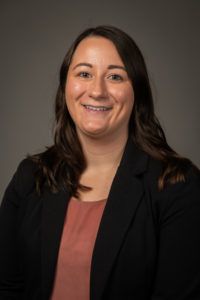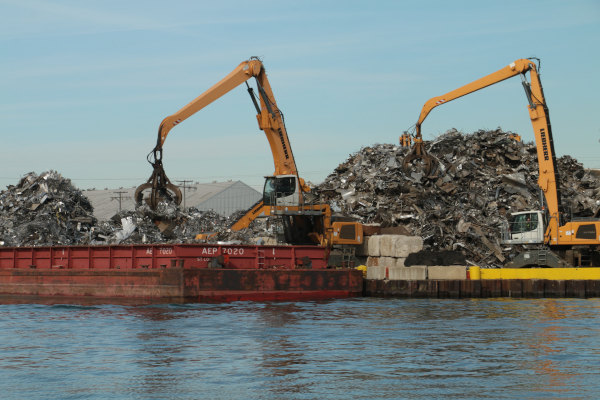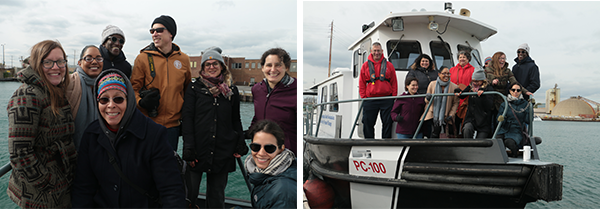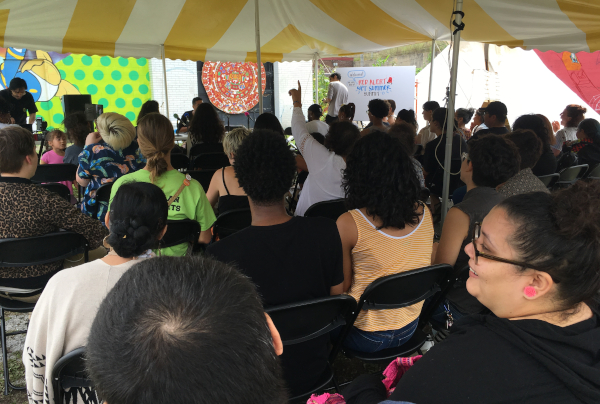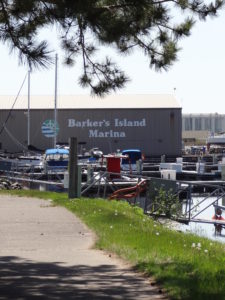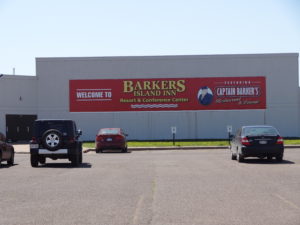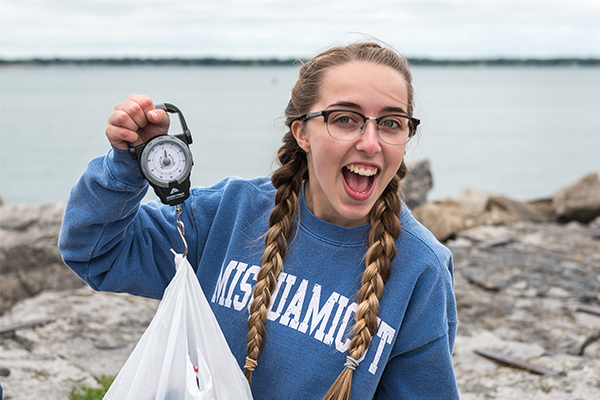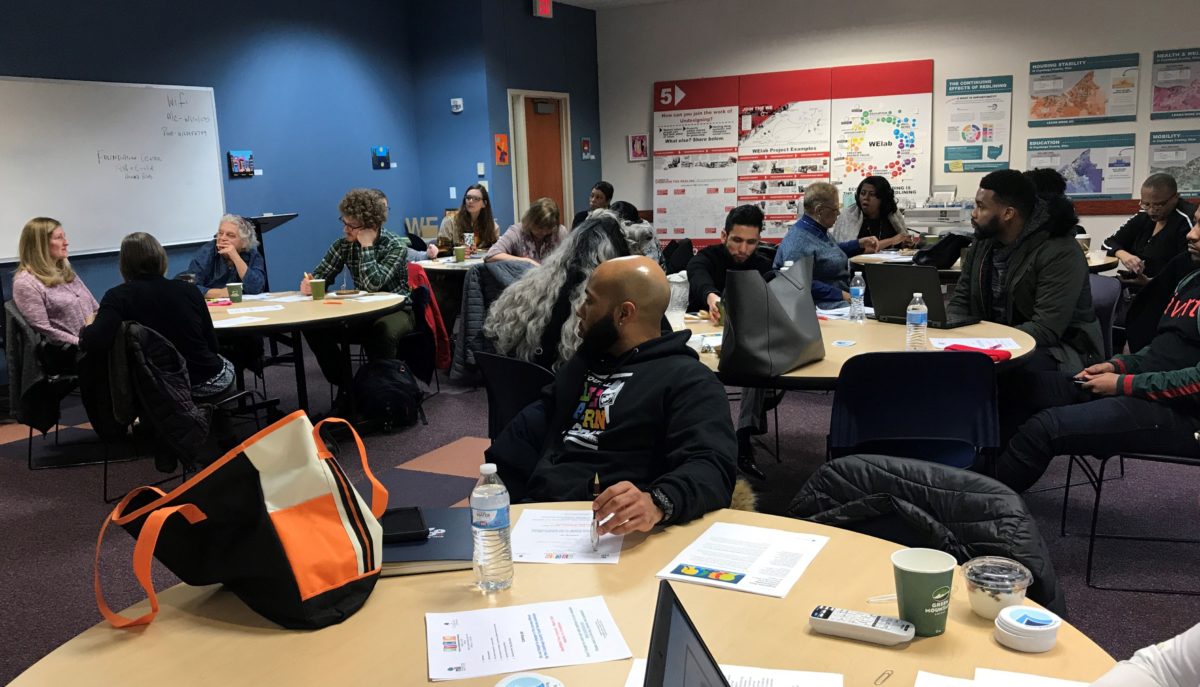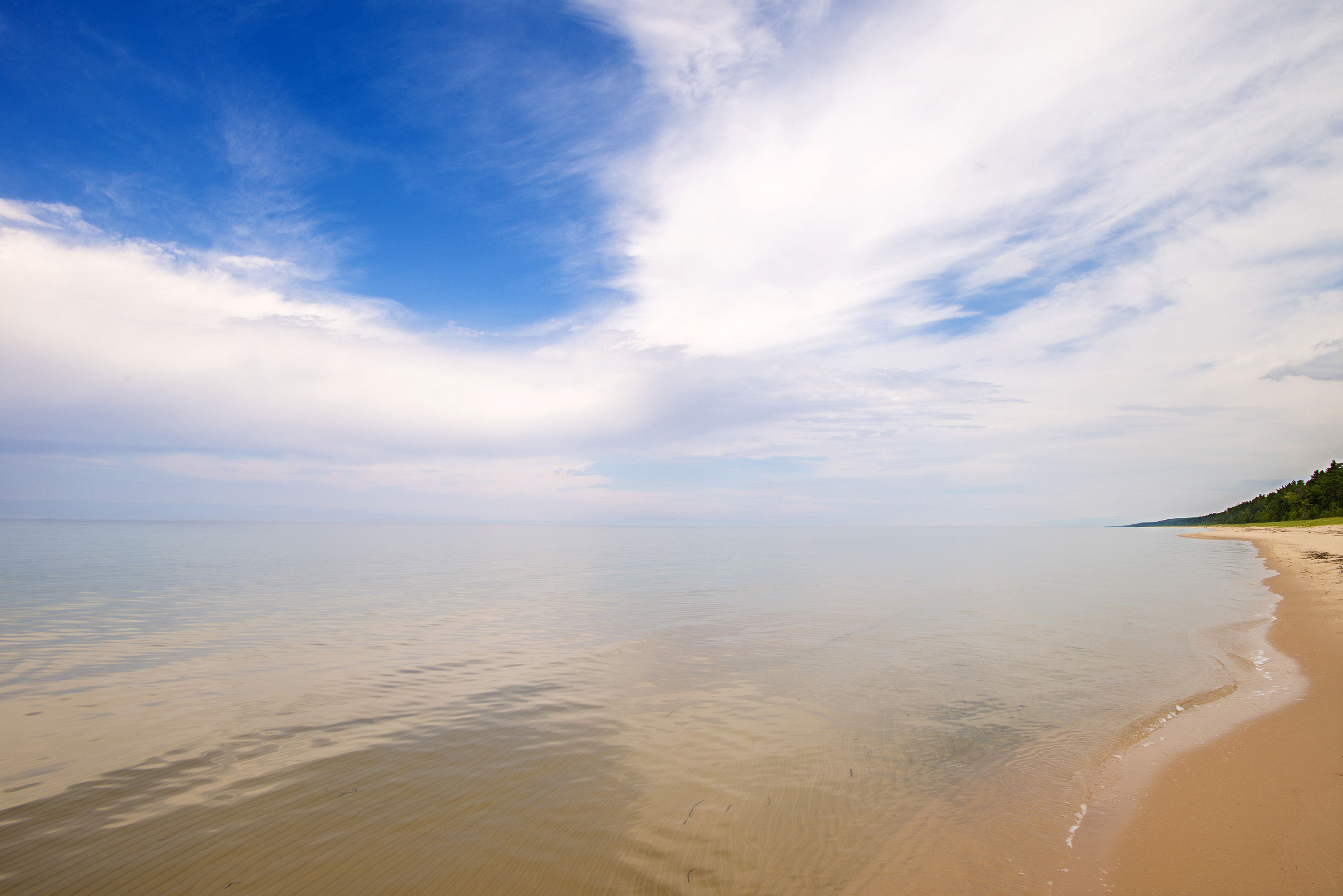Muskegon cruise ship stops to double, with some days two in port at once
Three cruise ship operators have finalized 2020 itineraries for cruises on the Great Lakes, resulting in 35 stops in the port city of Muskegon, Michigan, which is twice as many stops as in 2019. Read the full story by WZZM-TV – Muskegon, MI.
Great Lakes Commission
https://www.glc.org/dailynews/20200306-cruise-ship

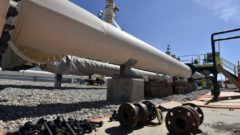
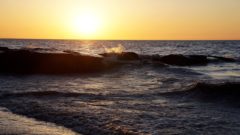

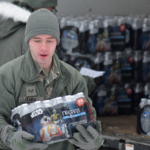
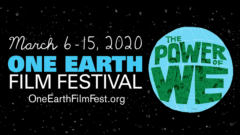
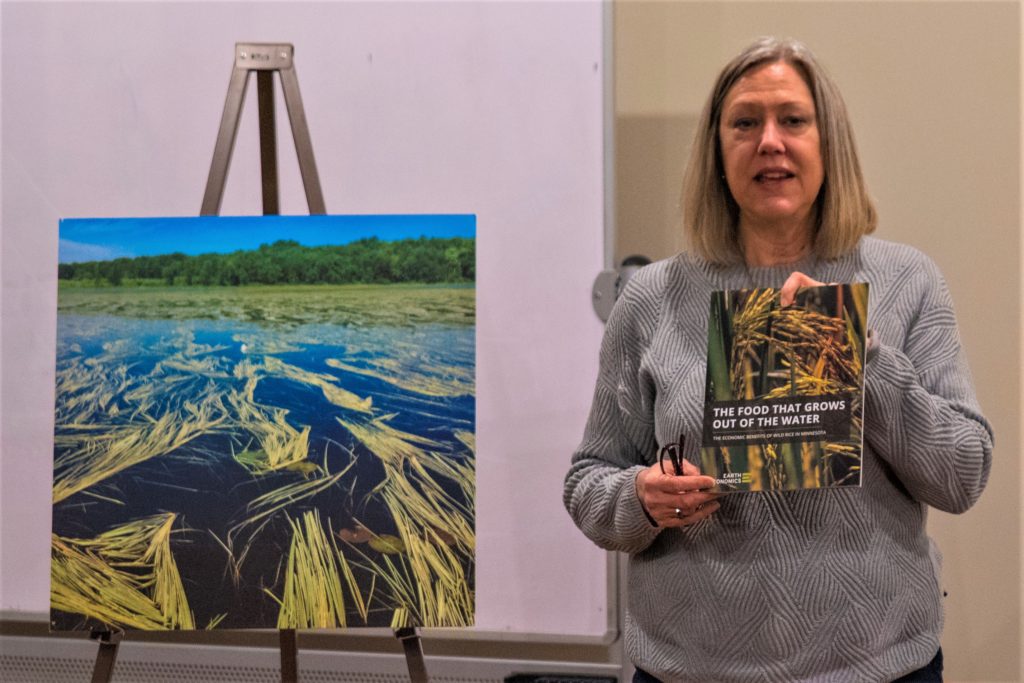
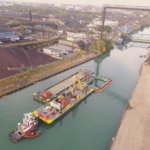
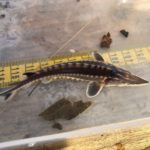

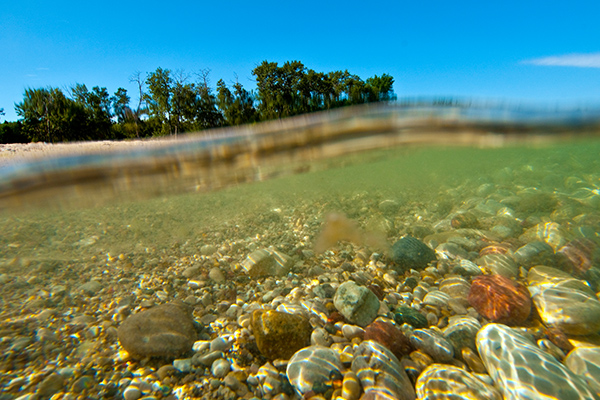
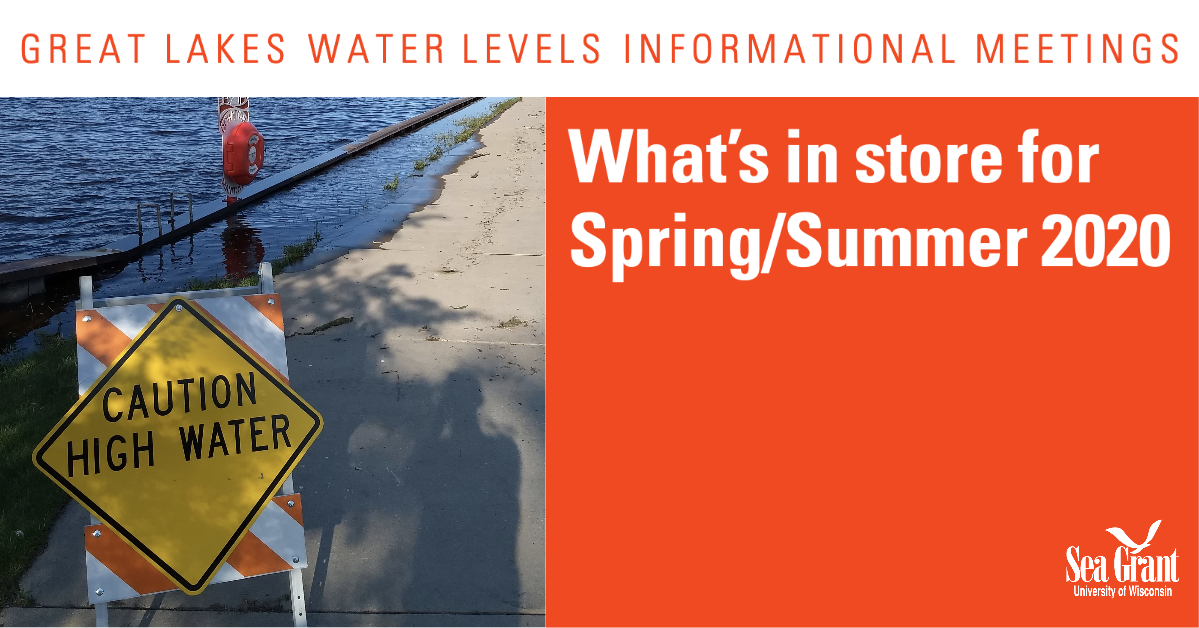 Great Lakes water levels have been at or near record highs in recent months, prompting concern among many Wisconsin residents.
Great Lakes water levels have been at or near record highs in recent months, prompting concern among many Wisconsin residents.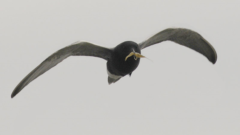
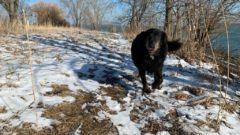

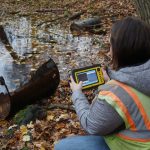
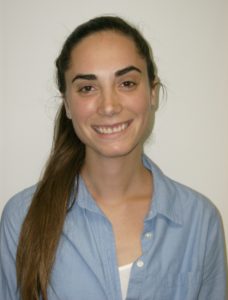
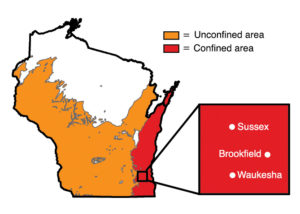 Previous studies have shown that elevated radium occurs in groundwater that is old, has elevated dissolved solids or is anoxic. Mathews said all those conditions are found below the regional confining unit in eastern Wisconsin.
Previous studies have shown that elevated radium occurs in groundwater that is old, has elevated dissolved solids or is anoxic. Mathews said all those conditions are found below the regional confining unit in eastern Wisconsin.